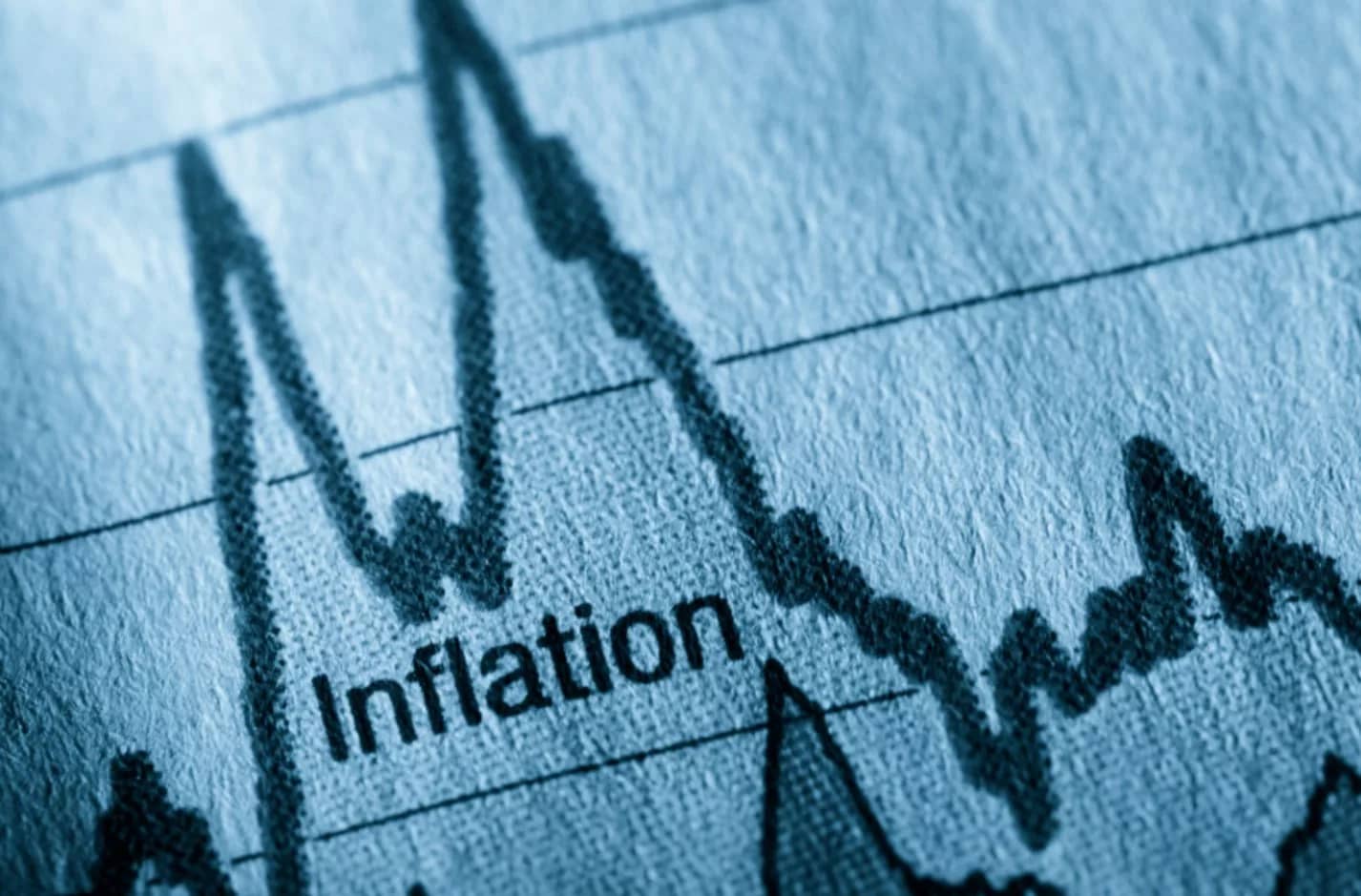Inflation is a topic that pops up in economic news and everyday conversations alike, but it can be tricky to fully understand. Simply put, inflation refers to the rate at which the prices of goods and services rise, which in turn erodes the purchasing power of money. This affects individuals, businesses, and economies in various ways, as everything from groceries to wages and interest rates can be influenced by inflation.
Here’s a breakdown of the factors driving inflation, its types, how it’s measured, and what it means for you and the economy.
What is Inflation?
Inflation measures how much prices have increased over a specific period, often expressed as an annual percentage. For example, if the inflation rate is 3%, it means that prices have, on average, increased by 3% compared to the same time last year.
The inflation rate doesn’t impact all prices equally. Some goods, like food and fuel, may see higher price increases, while other products could remain more stable. Central banks and policymakers keep a close eye on inflation because it can signal economic conditions that may require intervention.

Types of Inflation
Demand-Pull Inflation
This type occurs when demand for goods and services outpaces supply. When consumers have more disposable income, they tend to spend more, driving prices up. Economic expansion, increased consumer confidence, and low unemployment are common causes of demand-pull inflation.
Cost-Push Inflation
Cost-push inflation happens when the costs of production increase, leading businesses to raise their prices to maintain profit margins. This could be due to higher wages, increased costs of raw materials, or supply chain disruptions. The recent surge in oil prices is an example, as it raises costs for a wide range of products and services.
Built-In Inflation (Wage-Price Spiral)
This occurs when wages increase to keep up with rising living costs, which in turn prompts companies to raise prices to cover higher payroll expenses. This creates a cycle where prices and wages continue to push each other up.
Measuring Inflation
Inflation is typically measured by tracking the prices of a selected “basket” of goods and services over time. The two most common metrics are:
- Consumer Price Index (CPI): CPI measures the average change in prices that consumers pay for goods and services, such as housing, food, and medical care. It’s widely used to reflect the cost of living and is the most common way inflation is reported to the public.
- Producer Price Index (PPI): PPI measures changes in prices from the perspective of producers or wholesalers. This index can give insight into future consumer inflation, as higher production costs can lead to higher prices for consumers down the line.
Central banks also monitor “core inflation,” which excludes volatile items like food and energy, to get a clearer picture of underlying inflation trends.

Causes of Inflation
Inflation can stem from various factors, including:
- Economic Growth and Demand: When economies grow, people spend more, which can push prices up.
- Supply Chain Disruptions: Events like natural disasters or pandemics can disrupt supply chains, limiting the availability of goods and causing prices to rise.
- Government Policies: Central banks set interest rates and control the money supply. Low-interest rates and increased money supply can stimulate spending, potentially leading to inflation.
- Global Events: International events, like conflicts or trade restrictions, can impact prices on essential goods and commodities like oil, affecting inflation worldwide.
How Does Inflation Affect You?
Buying Power: As inflation rises, your money doesn’t go as far, meaning it costs more to buy the same goods and services. This can be particularly challenging for those with fixed incomes or minimal wage growth.
Interest Rates: Central banks may increase interest rates to control inflation. Higher rates make borrowing more expensive, which can reduce consumer spending and business investment, potentially slowing down economic growth.
Savings and Investments: Inflation can erode the value of savings if the interest earned doesn’t keep up with inflation. On the other hand, certain investments, like stocks and real estate, can sometimes serve as hedges against inflation, as their values may rise alongside or even outpace inflation.
Wages and Employment: In times of high inflation, businesses may struggle to keep up with rising costs, which can affect wages, hiring, and job security.
Take a quiz for this article:
To read more [Politics, Tech or Finance] articles, visit:
All Articles Belong to Copyright Holders: Cover Image From Central Credit Union




